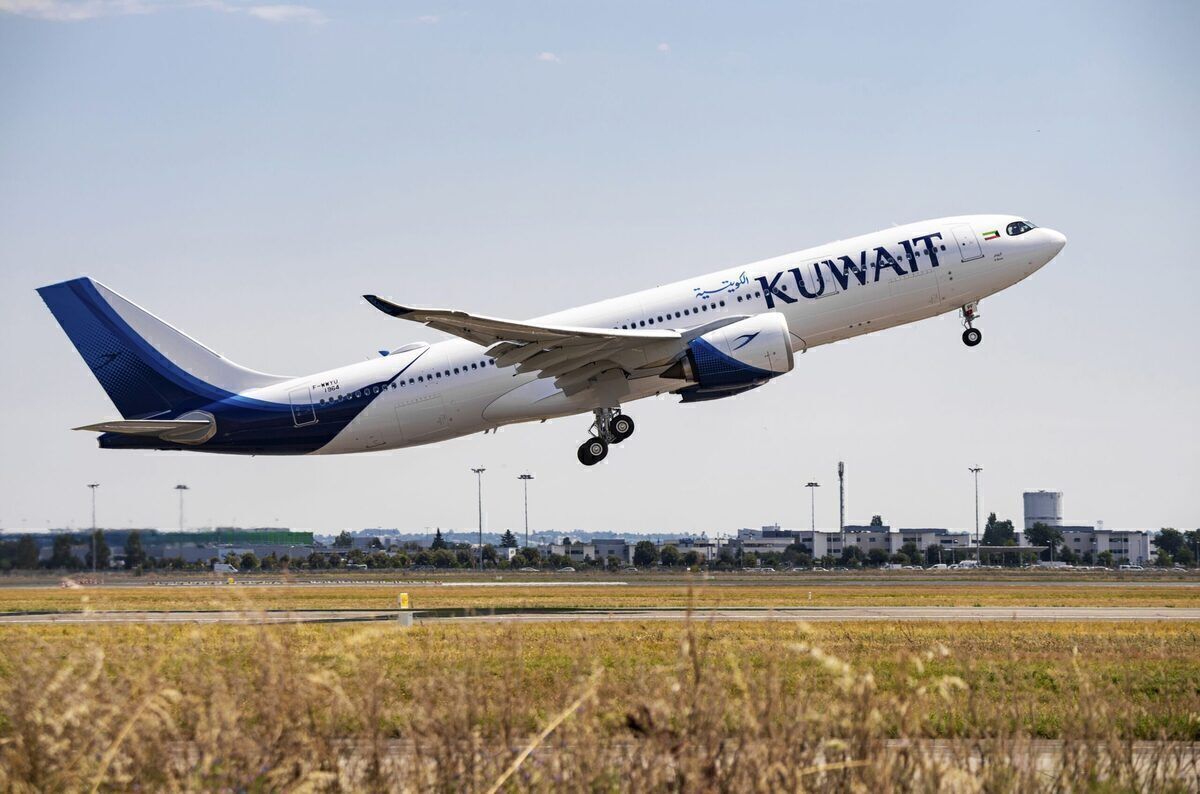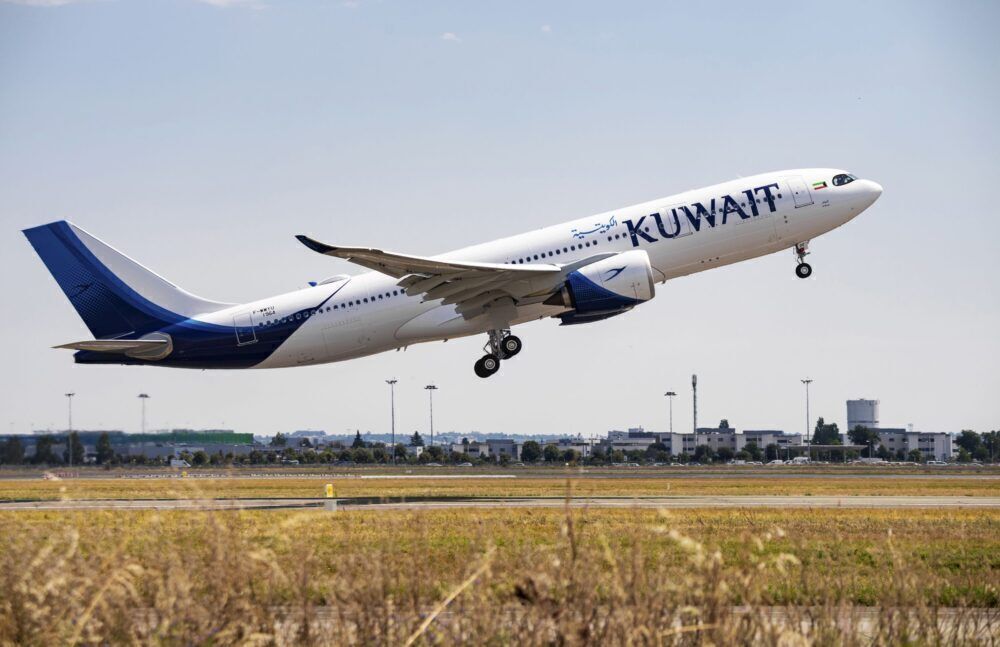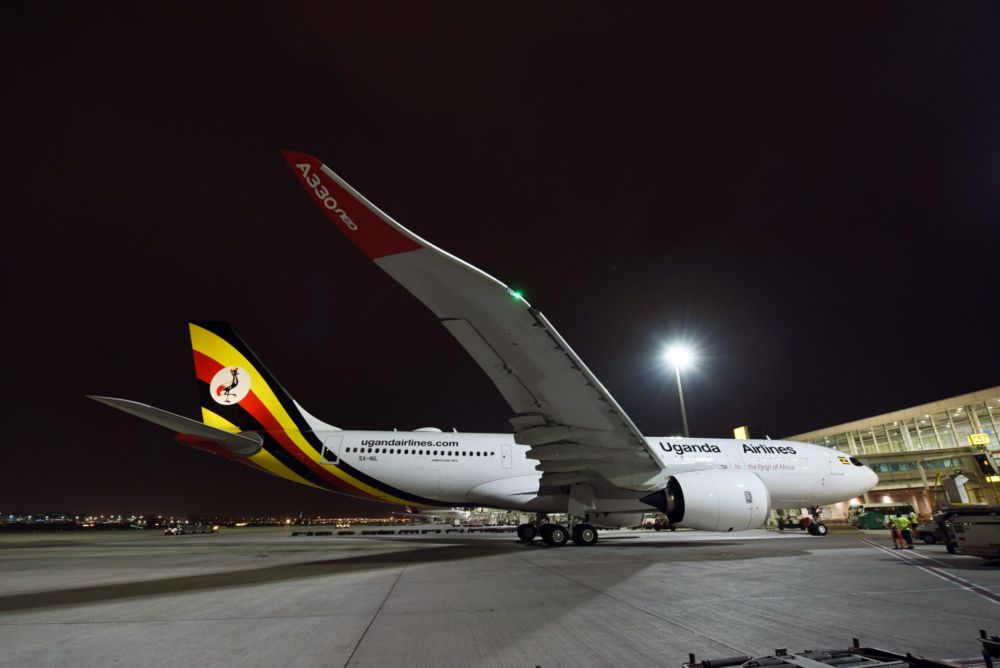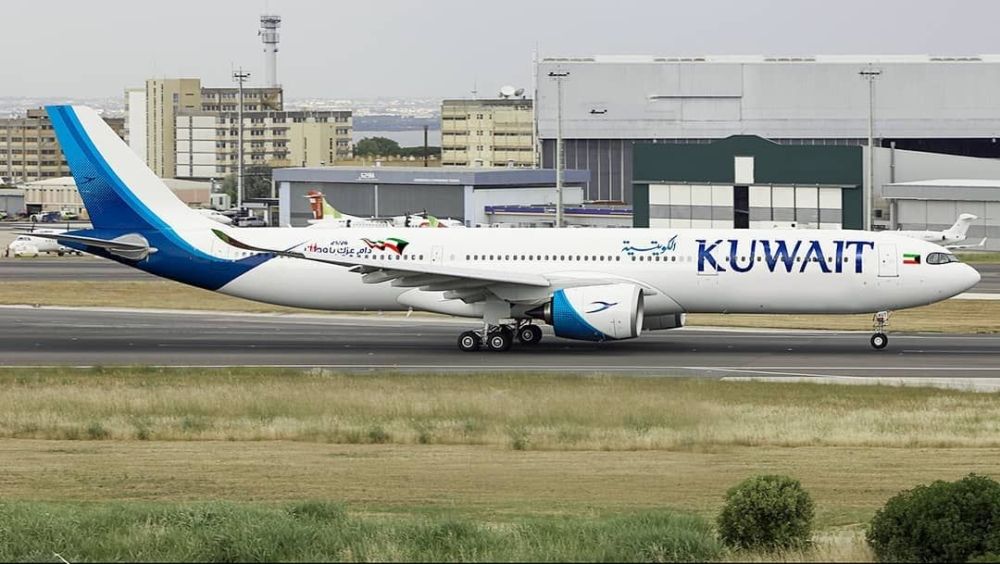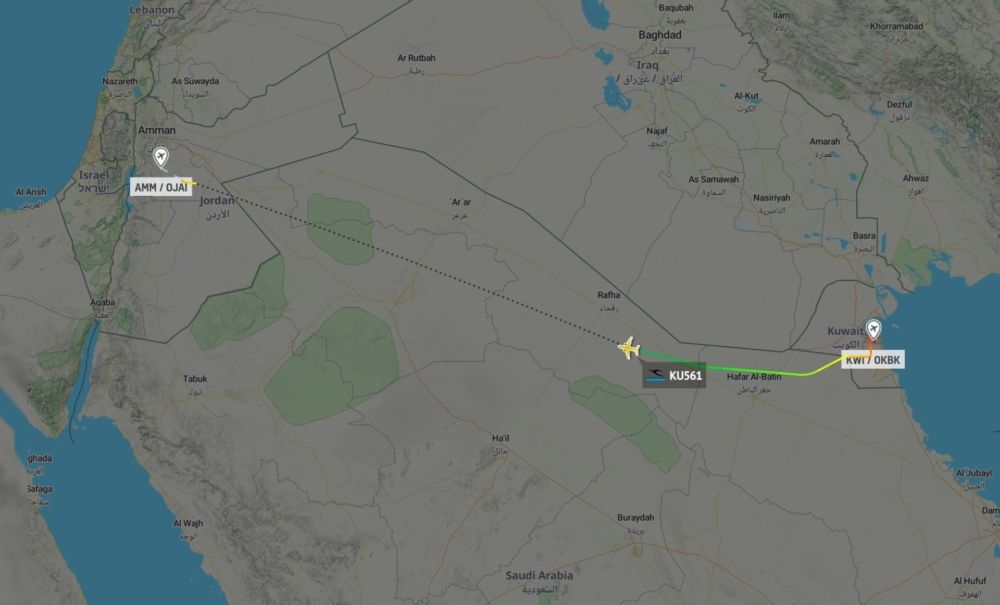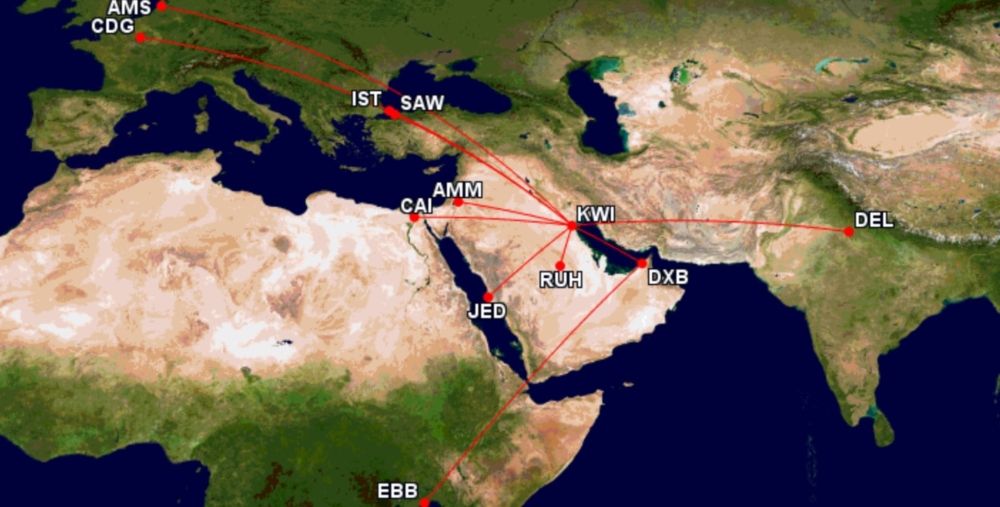There are no two ways about it: the Airbus A330-800 is not a popular aircraft. Just 15 examples have been delivered or ordered across four airlines, while Airbus has one demo aircraft. Currently, only four aircraft are in commercial operation. With 11 routes until the year-end, the routes on which the A330-800 is used are far shorter on average than for the A330-900.
The A330-800
A lot has happened in the four years since the A330neo program had its first test flight. But one thing hasn't changed: the unpopularity of the smaller variant, the A330-800.
The A330-800 is about range, just as the A330-200 – the aircraft it effectively replaces – originally was. With a theoretical distance of up to 9,379 statute miles (15,904 kilometers), the A330-800 can be deployed on longer routes than the A330-900.
This range comes at a cost. The smaller variant has a higher fuel burn per seat than the larger A330-900, carries fewer passengers, and the larger aircraft now has a very good range itself.
The -800 simply has few advantages of its own, something that is perhaps traded off in price. However, it is no surprise that the A330-900 has 20x the number of aircraft ordered and in service, including with Air Belgium.
Stay aware: Sign up for my weekly new routes newsletter.
The A330-200 versus the A330-300
The situation is very similar to the relationship between the A330-200 and A330-300. The larger -300 was modified to have a maximum takeoff weight of 242 tonnes, enabling it to fly farther – into the territory of its sibling. Carrying more payload for longer improved its long-haul economics. The A330-300 became more competitive and, therefore, more popular.
The A330-800 is used very sub-optimally
While the -800 has few advantages of its own, it's worse than that: It is used very sub-optimally. Between now and the end of December, it has an average sector length of just 1,296 miles (2,086km) based on schedules information available via experts Cirium. In contrast, the shorter-range A330-900 is deployed on routes averaging 2,974 miles, 130% longer.
The range of the -800 isn't needed, and that's unlikely to change dramatically even in a non-COVID world, given the current operators and lack of orders. The short-distance use compounds an already challenging economic problem for the type.
In various ways, the A330-800 is like the A340-500: designed for long-range, unpopular, and ultimately not used for its intended purpose. It also had another aircraft that could do more or less the same but in a more economical way: the B777-200LR.
Kuwait Airways and Uganda Airlines
Only Kuwait Airways and Uganda Airlines presently use the A330-800 commercially, although Air Greenland and Garuda Indonesia have ordered it.
Kuwait Airways and Uganda Airlines both have two aircraft in service. Kuwait Airways' pair is routing Kuwait to Amman and Dubai to Kuwait at the time of writing. Meanwhile, Uganda Airlines' examples were both last used from Dubai to Entebbe.
The A330-800 is on just 11 routes
Between now and December 31st, the two carriers will collectively use the A330-800 on just 11 routes, according to Cirium. Ten routes will be from Kuwait (Jeddah, Dubai, CDG, Cairo, Riyadh, Delhi, Amsterdam, Amman, Istanbul Airport, Istanbul Sabiha Gökçen) and one from Entebbe (Dubai). In this period of time, the -800 has just 88,588 seats for sale across 371 flights.
What do you think the future of the A338-800 is? Let us know in the comments.

